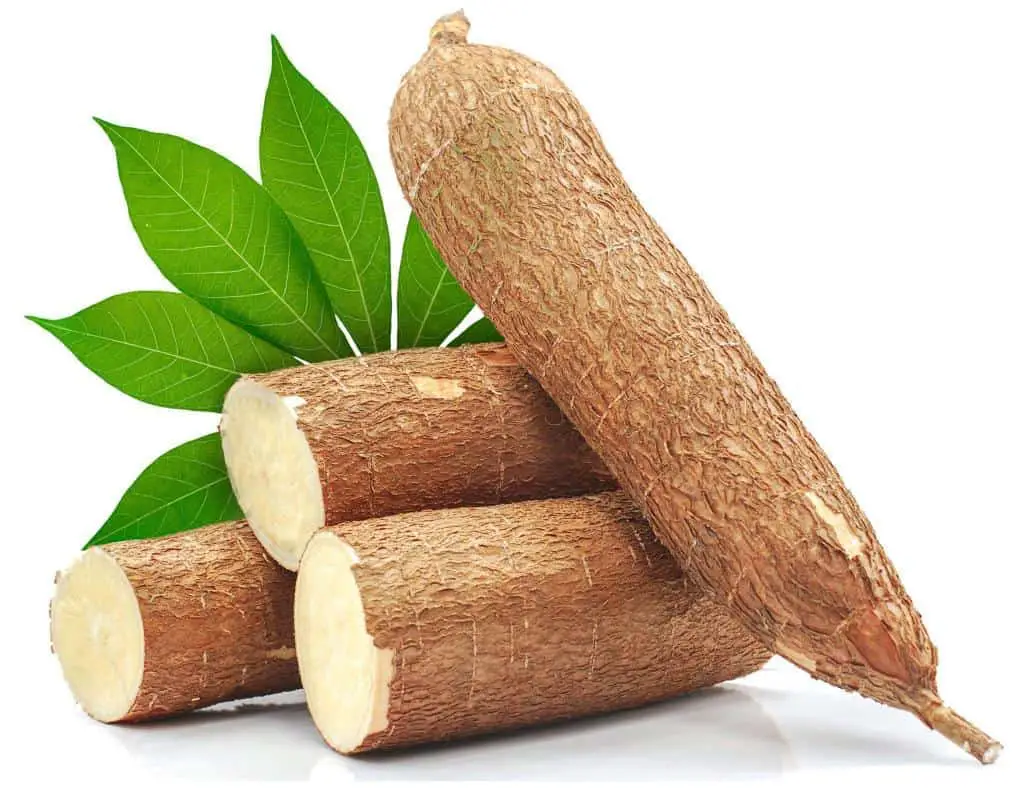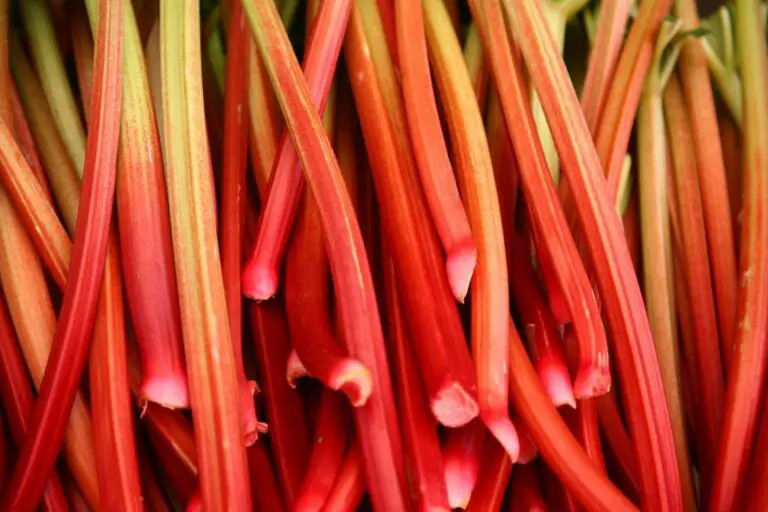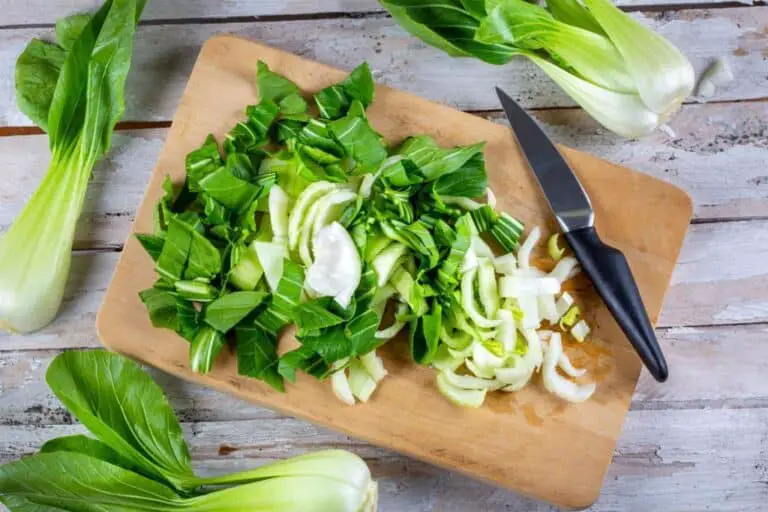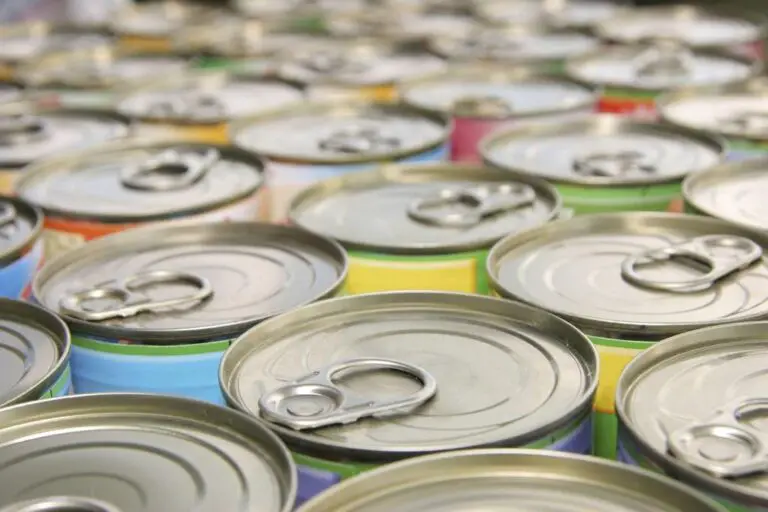Can You Eat Cassava Raw? Are Uncooked Cassava Poisonous?

Cassava is a starchy root vegetable that is a staple food in many parts of the world. The plant is a great source of carbohydrates, fiber, and some essential minerals, making it an important crop for food security in many regions.
It is commonly consumed in cooked form, but some people may wonder whether it is safe to eat raw cassava. You shouldn’t eat raw cassava because it has natural forms of cyanide that are dangerous to eat.
In this article, we will explore the question of whether you can eat cassava raw and the potential risks associated with consuming uncooked cassava. We will talk about the health benefits of cassava, how to cook raw cassava so it can be eaten, and the risks of eating uncooked cassava.
By the end of this article, you will have a better understanding of the safety of eating raw cassava and how to incorporate it into your diet in a healthy and safe way.
Understanding Cassava and Its Apperance
The plant is native to South America, but it is now grown in many tropical regions across the globe, including Africa and Asia. Cassava is known for its high nutritional value, versatility, and adaptability to different environments.
When it comes to its appearance, cassava has a distinctive shape and texture. The root is long and cylindrical, with a rough, bark-like skin that is typically brown or gray in color. The inner flesh of the root is usually white, but it can also be yellow or pink, depending on the variety.
The texture of cassava is firm and slightly grainy, with a taste that is often described as nutty or earthy.
One of the unique features of cassava is that it is covered in a thick, woody outer layer called the cortex. This layer protects the plant from insects and other pests, and it also contains a toxic compound called linamarin.
Linamarin can hurt people if they eat too much of it, so it’s important to cook cassava the right way before eating it. To do this, the cortex must be removed, and the root must be cooked thoroughly to break down the linamarin.
Cassava Nutritional Value and Health Benefit
Cassava is rich in carbohydrates, with 39 grams per 1/2 cup of raw cassava. Cassava is also low in fat, with less than 1 gram per cup. In terms of protein, cassava is not particularly rich.
However, young, tender cassava leaves are a good source of dietary proteins and vitamin K. Cassava is also rich in vitamin C, providing 20% of the Daily Value (DV) for vitamin C per 100 grams. Cassava carries some of the valuable B-complex group of vitamins, such as folates, thiamin, pyridoxine (vitamin B-6), riboflavin, and pantothenic acid.
It is one of the chief sources of some essential minerals like zinc, magnesium, copper, iron, and manganese for many inhabitants in the tropical belts. Also, it has adequate amounts of potassium (271 mg per 100g or 6% of the RDA).
Beyond its macronutrient composition, cassava offers a variety of health benefits. One of its most notable qualities is its ability to aid digestion. Cassava is full of fiber, which helps keep your bowels moving and keeps you from getting constipated.
Cassava is also known for its anti-inflammatory properties. It contains compounds called saponins, which have been shown to help reduce inflammation in the body. So eating anti-inflammatory foods like cassava can be good for your health as a whole.
Also, cassava is thought to have prebiotic properties, which means that it can help good bacteria grow in the gut.
Another potential health benefit of cassava is its ability to support healthy blood sugar levels. Cassava has a low glycemic index, which means it does not cause a rapid spike in blood sugar levels. This can help people with diabetes and anyone else who wants to keep their energy levels steady throughout the day.
Finally, cassava has been shown to have anti-cancer properties. Some studies have shown that cassava extract may be able to stop cancer cells from growing. This may be because it is high in antioxidants.
Can You Eat Raw Cassava?
However, one question that often comes up about cassava is whether or not it can be eaten raw.
The short answer is no, you should not eat raw cassava. The plant contains a naturally occurring compound called linamarin, which can release cyanide when cassava is consumed raw.
Cyanide is a toxic chemical that can cause serious health problems. That being said, cassava can be safely eaten after it has been processed to remove the linamarin and cyanide. This can be done by peeling the cassava, grating it, and soaking it in water for several hours or overnight to remove the toxic compound.
Health Risk and Side Effects of Eating Raw Cassava
Even though cassava is a very healthy root vegetable, eating it raw or in the wrong way can cause health problems. Cassava contains a toxic compound called linamarin, which can release hydrogen cyanide when consumed.
Hydrogen cyanide is a potent toxin that can cause a range of symptoms, including nausea, vomiting, abdominal pain, headaches, and even death in severe cases.
WARNING
If you eat raw cassava, you could get sick from the cyanide in it, and it could also make your stomach hurt. Cassava contains high levels of starch and fiber, which can be difficult for the body to digest. Eating raw cassava can cause bloating, gas, and diarrhea, as well as abdominal pain and cramping.
How to Prepare Raw Cassava Safely
It is important to remember that cassava can be toxic if eaten raw. So, before eating raw cassava, it is very important to know how to prepare it safely. To avoid these health risks and side effects, it is important to properly prepare cassava before consuming it.
The first step to safely preparing raw cassava is to peel it thoroughly. The skin of the cassava contains high levels of toxins and should always be removed before cooking or consuming. To peel cassava, use a sharp knife to make a shallow cut lengthwise along the root, being careful not to cut too deep. Then, use your fingers to pull away the skin from the flesh of the root. Cut the cassava into manageable pieces, as desired.
Next, it is important to soak the cassava in water for several hours or overnight. Soaking helps to remove the toxins from the cassava and makes it safer to eat. Place the cassava pieces in a bowl or container and cover them with water. Let them soak for at least 4 hours or overnight, changing the water every few hours to ensure maximum toxin removal.
Finally, cook the cassava thoroughly before consuming it. Cooking cassava helps further break down the linamarin and cyanide and makes it safe to eat. There are many ways to cook cassava, including boiling, roasting, or frying. For boiling, simply place the cassava pieces in a pot of water and bring to a boil, then reduce heat and let simmer for 15-20 minutes, or until tender.
For roasting, place the cassava on a baking sheet and bake in a preheated oven at 375°F for 30–40 minutes, or until tender. For frying, cut the cassava into small pieces and fry in hot oil until golden brown and crispy.
How to Incorporate Raw Cassava into Your Diet
There are many delicious ways to prepare cassava, both as a main dish or as a side. In some cultures, cassava is boiled or roasted and served with a spicy dipping sauce or a creamy coconut milk-based sauce.
It can also be mashed or fried and served as a snack. In Latin America, cassava is often used to make yuca fries, a popular street food. In Africa, cassava is used to make fufu, a starchy dough that is often served with soups or stews.
Cassava flour is also a popular ingredient in gluten-free baking and is often used to make pancakes, tortillas, and other baked goods. Overall, cassava’s unique appearance and nutritional properties make it a fascinating and valuable crop that has played an important role in many cultures throughout history.
If you want to incorporate raw cassava into your diet, here are some ideas and tips to get you started.
- Firstly, you can grate raw cassava and use it as a base for salads or slaws. Simply peel and grate the cassava, then toss it with your favorite vegetables and dressings. You can also add some herbs or spices to give it a little more flavor. Raw cassava adds a nice crunch and texture to your salads, making them more interesting and satisfying.
- Secondly, you can use raw cassava in smoothies or juices. Cassava is a great source of fiber and other nutrients, making it a perfect addition to your morning smoothie or juice. To prepare raw cassava for a tropical smoothie or juice, peel and chop it into small pieces, then blend it with your favorite fruits, vegetables, and liquid. You can also add some honey or sweetener to balance the flavor.
- Lastly, you can use raw cassava to make chips or crackers. Cassava chips or crackers are a great alternative to potato chips or crackers and can be a healthy snack option. To make cassava chips or crackers, peel and slice the cassava into thin rounds, then bake them in the oven until crispy. You can also add some spices or herbs to give them more flavor.






